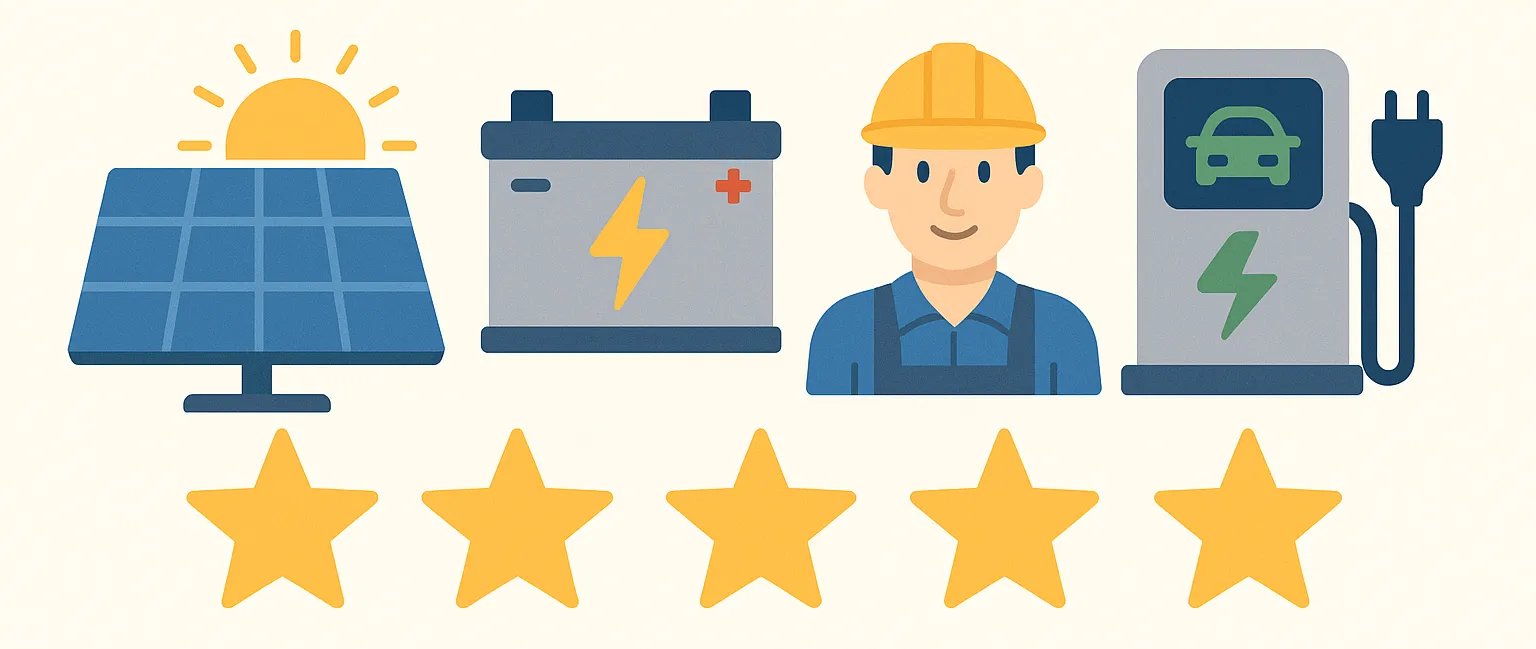The wheels are in motion for DP Energy’s proposed 375 MW combined wind and solar power plant, after the company lodged a development application earlier this week.
The application seeks approval for the installation of up to 59 wind turbines, which would result in 206 MW of wind generation capacity, and up to 400 hectares of solar PV arrays. The plant will be on the coastal plain south east of Port Augusta in South Australia.
DP Energy said the project would provide a much-needed boost to employment in the region, after Alinta Energy announced that it would close its Port August power stations by March 2016.
Construction is scheduled to start in 2017 and is expected to last for two years, during which 600 full-time jobs will be created and more than $44.5 million of construction expenditure will be injected into the regional economy. When fully operational, the project is expected to create at least 20 full-time jobs.
DP Energy Managing Director Simon De Pietro said the company was encouraged by the strong local support for the project.
“Overwhelmingly, the response to the project has been positive, with many people recognising the benefits that will flow into the local community,” Mr De Pietro said.
“DP Energy is focused on the delivery of high quality, utility-scale renewable energy developments, which will play a key part in the inevitable transition away from traditional forms of energy generation and towards cheaper, cleaner, more sustainable energy production,” he added.
It is estimated that the average generation from the project will power 154,000 South Australian households and displace 430,000 tonnes of greenhouse gas emissions each year.
“By integrating different technologies, the project is able to deliver energy when it is most needed, thereby reducing stress on the electricity network in times of peak demand and reducing the reliance on expensive peaking power.”
Earlier this year, Mr De Pietro endorsed South Australia’s new legislation that allows wind and solar farm developers to apply for 25-year licences on Crown land, subject to pastoral lease tenure.
“This legislation represents a major step in the right direction as it protects stakeholders’ interests while providing investors with the security of tenure required to attract project finance,” he said.
The predicted life of the project is approximately 25 years, after which the wind and solar infrastructure will either be removed and the site reinstated or refurbished with new equipment.


